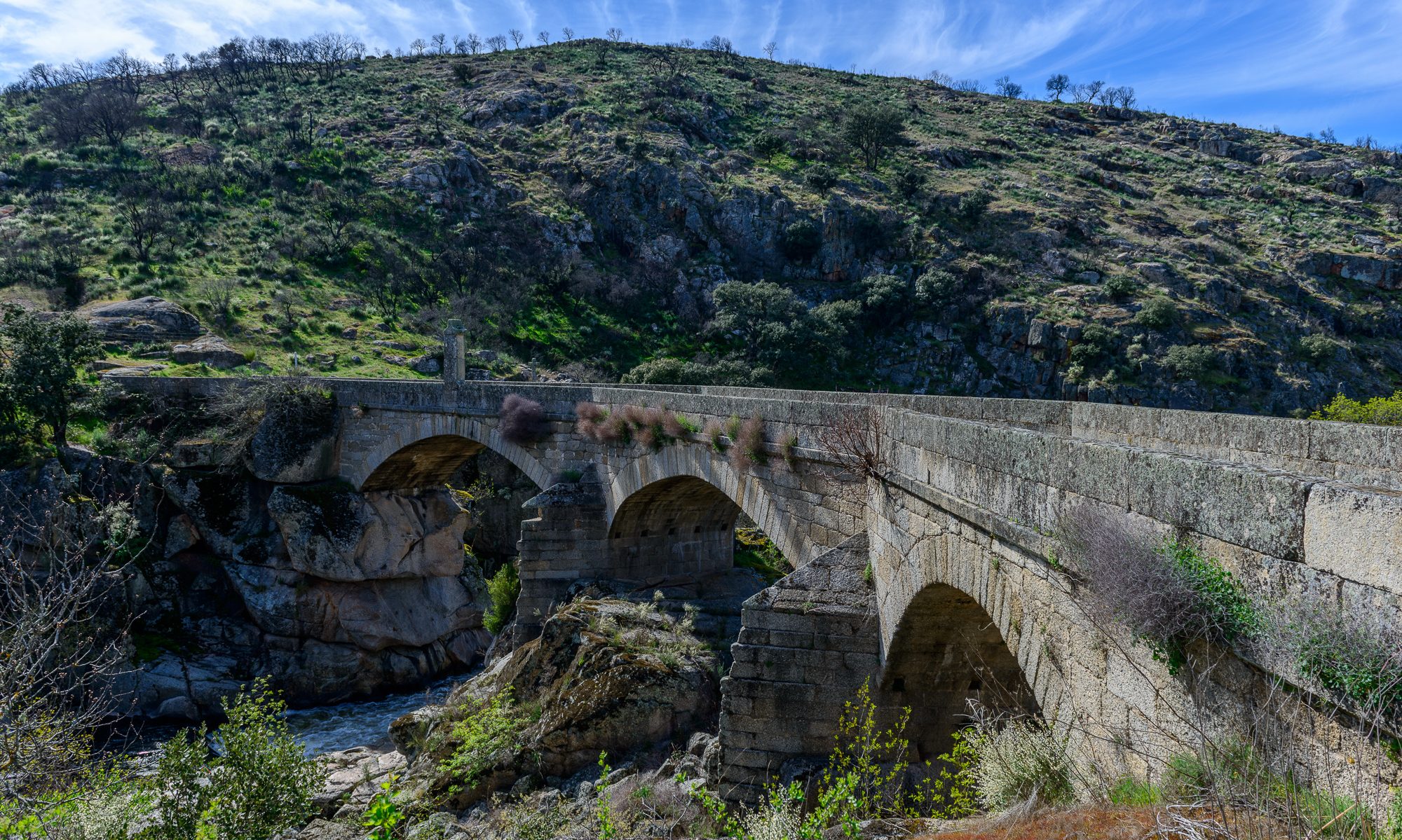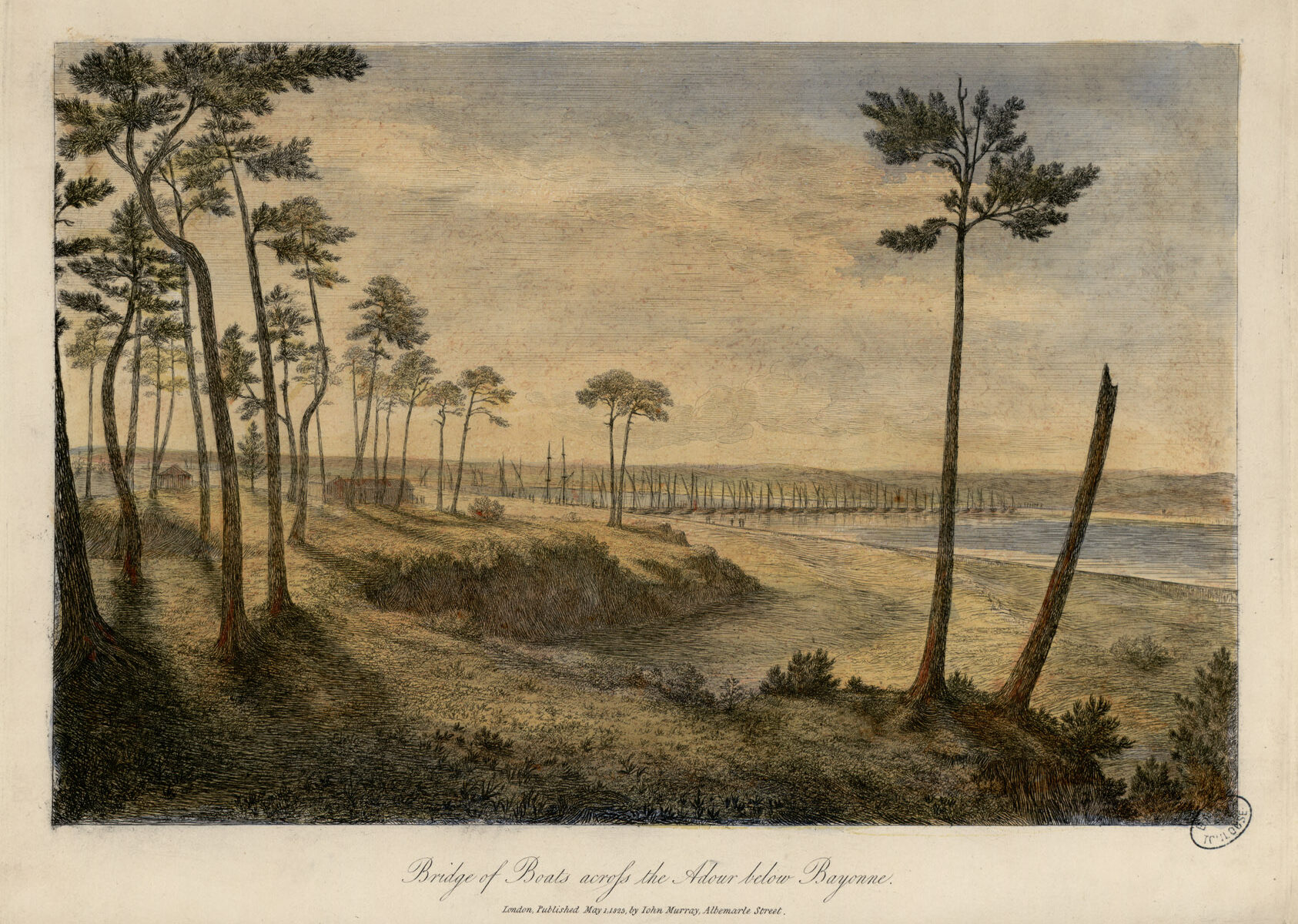An Inexorable Invasion is the tenth book in the Peninsular War Saga. Major-General Paul van Daan, his wife Anne and the rest of Wellington’s army are firmly established on French soil for the first time. Marshal Soult’s battered army has retreated into its fortified encampments around the city of Bayonne and Lord Wellington is planning how to advance across difficult terrain, cut up by rivers and streams in full winter flood.
December 1813.
 The great powers of Europe are meeting to decide whether to seek a negotiated peace or a decisive victory over the Emperor Napoleon. Major-General Paul van Daan and his brigade are beginning to look forward to the end of the long war but the fighting is not over yet.
The great powers of Europe are meeting to decide whether to seek a negotiated peace or a decisive victory over the Emperor Napoleon. Major-General Paul van Daan and his brigade are beginning to look forward to the end of the long war but the fighting is not over yet.
Now fully established on French soil, Wellington’s army faces Marshal Soult’s defeated troops once again in three days of fierce combat on the banks of the River Nive.
For the first time in his career Paul is faced with not one but two colonels fleeing the field with their battalions, leaving General Hill’s corps in desperate peril. Ensign Laurence Fox is still adjusting to his new post as Paul’s ADC when he is called upon to make a vital decision.
Major Giles Fenwick receives news from home which threatens to distract him from his assignment working with the Royal Navy to build a bridge over the River Adour.
Lord Wellington is beset by unwanted visitors to headquarters and is infuriated by a determined attempt by a party of Royalists to force him to declare for their cause. Anne van Daan has to leave the surgeons’ tents for a while and use her diplomatic skills to diffuse the situation.
With winter quarters over, Wellington’s army march further into France towards the town of Orthez and another encounter with Soult’s battered army.
The settings and history behind An Inexorable Invasion
 We’ve almost reached the end of the Peninsular War and there is still little rest for Wellington’s army. This book takes place between early December 1813 and February 1814 and a lot happens during those few months. The two armies were obliged to pause for a brief spell in winter quarters because the weather was so bad that it made roads impassable and rivers impossible to ford.
We’ve almost reached the end of the Peninsular War and there is still little rest for Wellington’s army. This book takes place between early December 1813 and February 1814 and a lot happens during those few months. The two armies were obliged to pause for a brief spell in winter quarters because the weather was so bad that it made roads impassable and rivers impossible to ford.
Wellington is still waiting to find out whether the powers of the Sixth Coalition would decide on a negotiated peace with Bonaparte or agree that he must be decisively defeated. There is also uncertainty about what kind of government France should have when hostilities had ceased.
Once again, the difficulties of the terrain in this region of France meant that Wellington’s forces were frequently split into different corps under trusted generals like Hill, Beresford, and Sir John Hope. On occasion the Light Division itself was broken up as some battalions were sent to the rear to collect new kit and uniforms.
The division of the army meant that the Light Division was not always in the thick of the fighting as they were earlier in the war. On occasion I’ve resorted to separating Paul’s fictional third brigade from the rest of the Light Division just to give them something to do.

The first fighting in this book took place over several days in early December, an action collectively known as the Battles of the Nive. After his success at the Nivelle, Wellington found himself hemmed in between the sea, the River Nive and the River Adour. To make further progress he needed to gain a foothold on the east bank of the Nive but it was impossible to do so without temporarily splitting the two wings of his army.
 On December 9th Hill’s corps managed to cross to the east bank while the rest of the army under Sir John Hope launched diversionary attacks towards Bayonne on the west bank. Soult made a counter-attack the following day. The Light Division defended the little village of Arcangues, using the church and the chateau as temporary fortifications. Alten’s men held off the attacks reasonably easily though Sir John Hope had a more difficult time over towards Barrouillet although he managed to hold the British line until reinforcements arrived from St Jean-de-Luz.
On December 9th Hill’s corps managed to cross to the east bank while the rest of the army under Sir John Hope launched diversionary attacks towards Bayonne on the west bank. Soult made a counter-attack the following day. The Light Division defended the little village of Arcangues, using the church and the chateau as temporary fortifications. Alten’s men held off the attacks reasonably easily though Sir John Hope had a more difficult time over towards Barrouillet although he managed to hold the British line until reinforcements arrived from St Jean-de-Luz.
There was sporadic skirmishing for the next two days with neither side willing to commit to another full-scale attack. Then on 12 December a temporary pontoon bridge over the Nive at Villefranque was swept away, cutting off Hill’s corps on the east bank of the river, just as the French were planning an assault. Soult seized his opportunity and attacked Hill the following day. The ensuing combat is known as the Battle of St Pierre and Hill proved his worth, managing his troops brilliantly and hanging on grimly until reinforcements arrived, having managed to cross further up the river. The Light Division was not involved in the Battle of St Pierre but it’s an interesting combat so I found a way to allow some of my characters to take part.

After St Pierre there’s a brief respite as neither side could make progress in the appalling winter weather. Things begin to move again in February as Wellington advances on the town of Orthez where the Light Division are once again engaged even though they started the battle in reserve. Meanwhile Hope’s corps began the blockade of Bayonne, ably assisted by the Royal Navy.

There are one or two interesting sub-plots running through the book. Marshal Beresford’s expedition to Bordeaux in 1814 is well-documented. The Mayor of the city handed over control to the British as part of an attempt to drum up support for a Bourbon restoration and caused Wellington and Beresford a number of diplomatic headaches. I added several extra members to the party just to liven things up a little.
 Wellington disliked visitors to headquarters, particularly if he suspected they had a political agenda. The three visitors described in the book are fictional but I’m fairly sure his reaction to their arrival would have been very typical. I came up with the character of Sir Basil Holdern having spent years reading the memoirs and accounts of retired officers who had served in the Peninsular War. Some of them were complimentary about Wellington. Others were not and Wellington’s could be surprisingly sensitive to public criticism. I came up with the idea of Sir Basil’s treatise on the British Army after reading Lieutenant-Colonel James Campbell’s book, published in 1840. The title is A British Army as it Was, Is and Ought to be, illustrated by examples from the Peninsular War. Campbell was not especially critical of Wellington but he writes as though he was the final authority on the army and that’s how I wrote Sir Basil.
Wellington disliked visitors to headquarters, particularly if he suspected they had a political agenda. The three visitors described in the book are fictional but I’m fairly sure his reaction to their arrival would have been very typical. I came up with the character of Sir Basil Holdern having spent years reading the memoirs and accounts of retired officers who had served in the Peninsular War. Some of them were complimentary about Wellington. Others were not and Wellington’s could be surprisingly sensitive to public criticism. I came up with the idea of Sir Basil’s treatise on the British Army after reading Lieutenant-Colonel James Campbell’s book, published in 1840. The title is A British Army as it Was, Is and Ought to be, illustrated by examples from the Peninsular War. Campbell was not especially critical of Wellington but he writes as though he was the final authority on the army and that’s how I wrote Sir Basil.

The construction of the pontoon bridge over the Adour was fascinating to research. I tried to make my account exciting and not too technical. There is plenty of detail out there but if I’d included it all it would have made the book far too long. I was absolutely delighted to find this picture of the bridge though, painted by artist and former army officer Robert Batty in 1823. For once the British Army and the Royal Navy seemed to work well together.
 This leads me neatly onto my next project. I still have to complete the first of my Age of Sail series for Sapere Books but I’m also about to begin work on book four of the Manxman series. It’s high time we caught up with the exploits of Hugh Kelly and Alfred Durrell before I draw all the threads together for the end of the war.
This leads me neatly onto my next project. I still have to complete the first of my Age of Sail series for Sapere Books but I’m also about to begin work on book four of the Manxman series. It’s high time we caught up with the exploits of Hugh Kelly and Alfred Durrell before I draw all the threads together for the end of the war.
For regular updates from Writing with Labradors and the world of the Peninsular War Saga, why not subscribe to my e-mail list on Substack?

